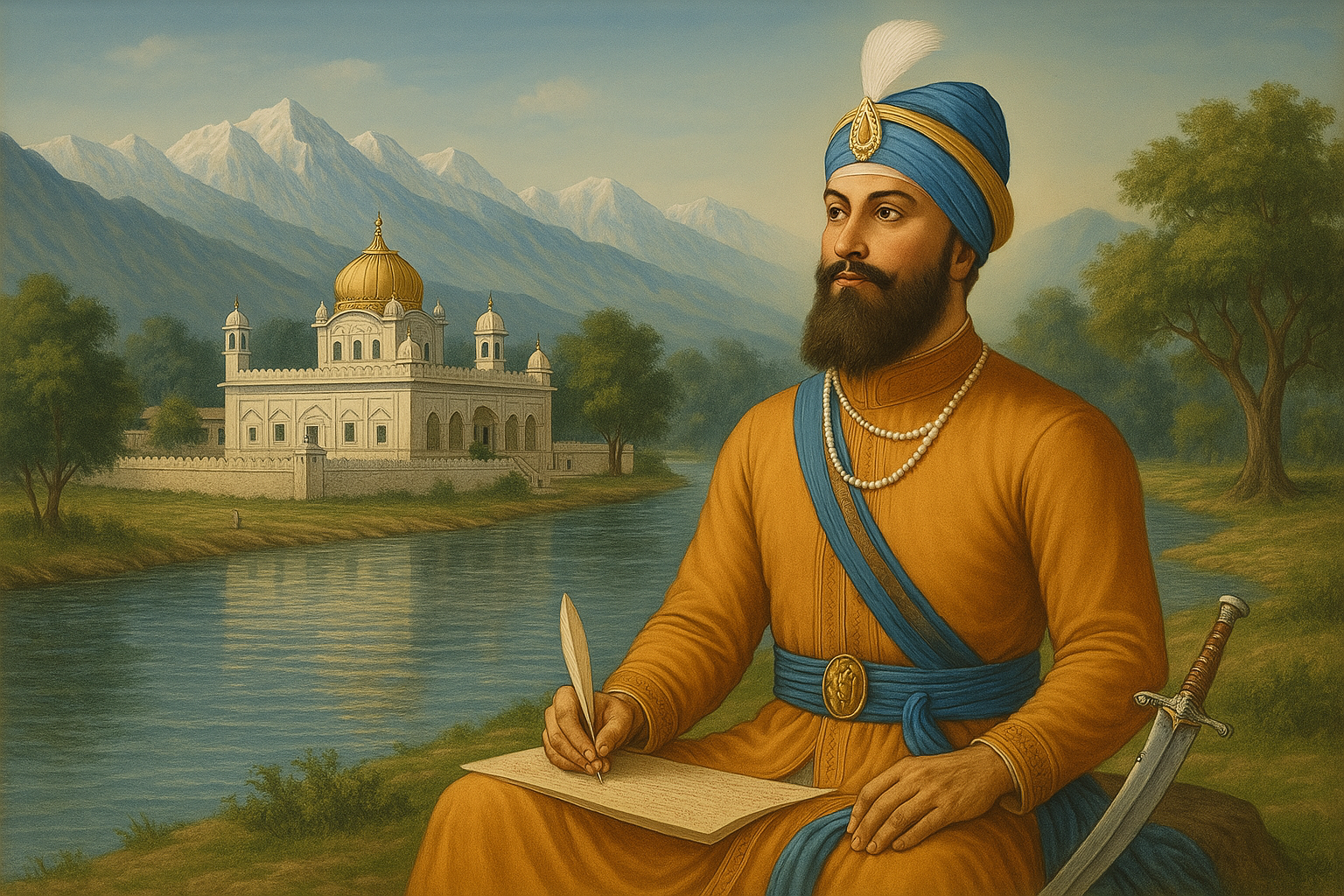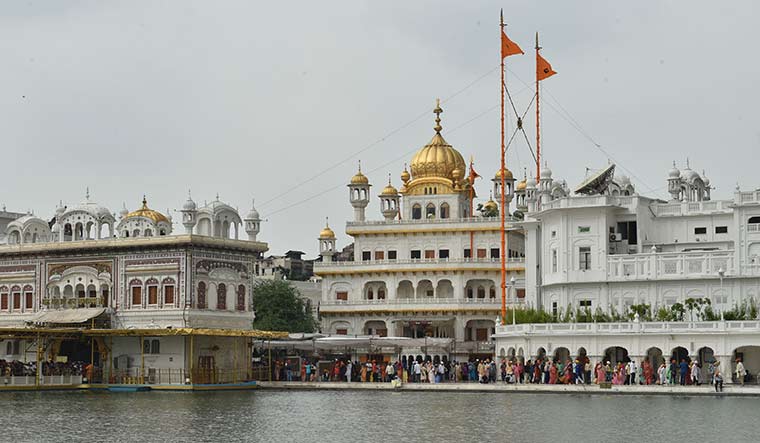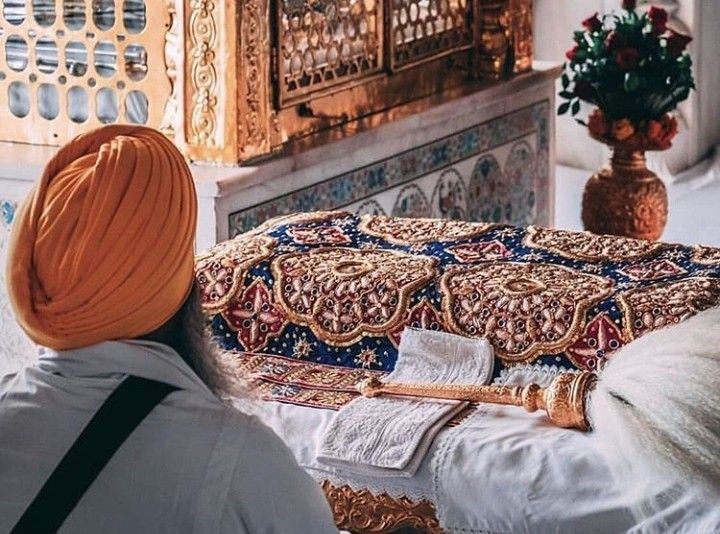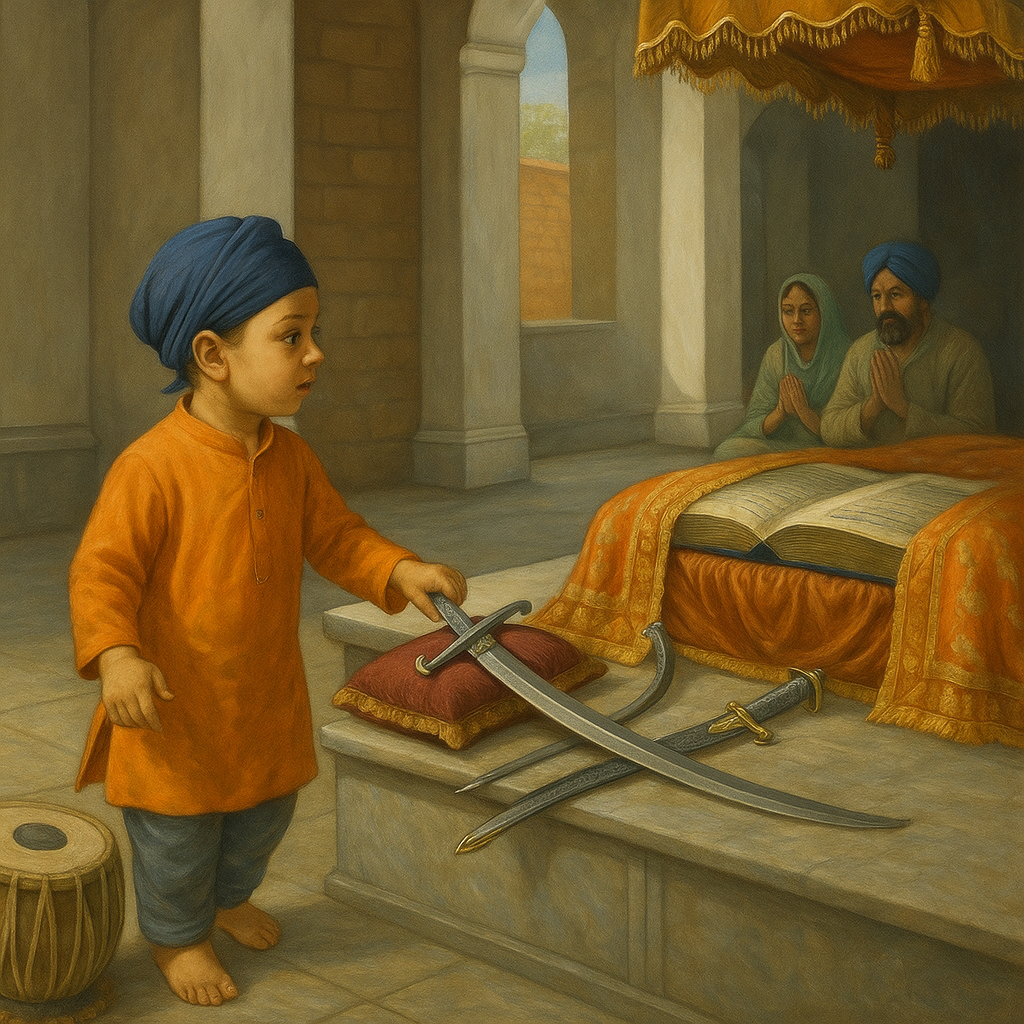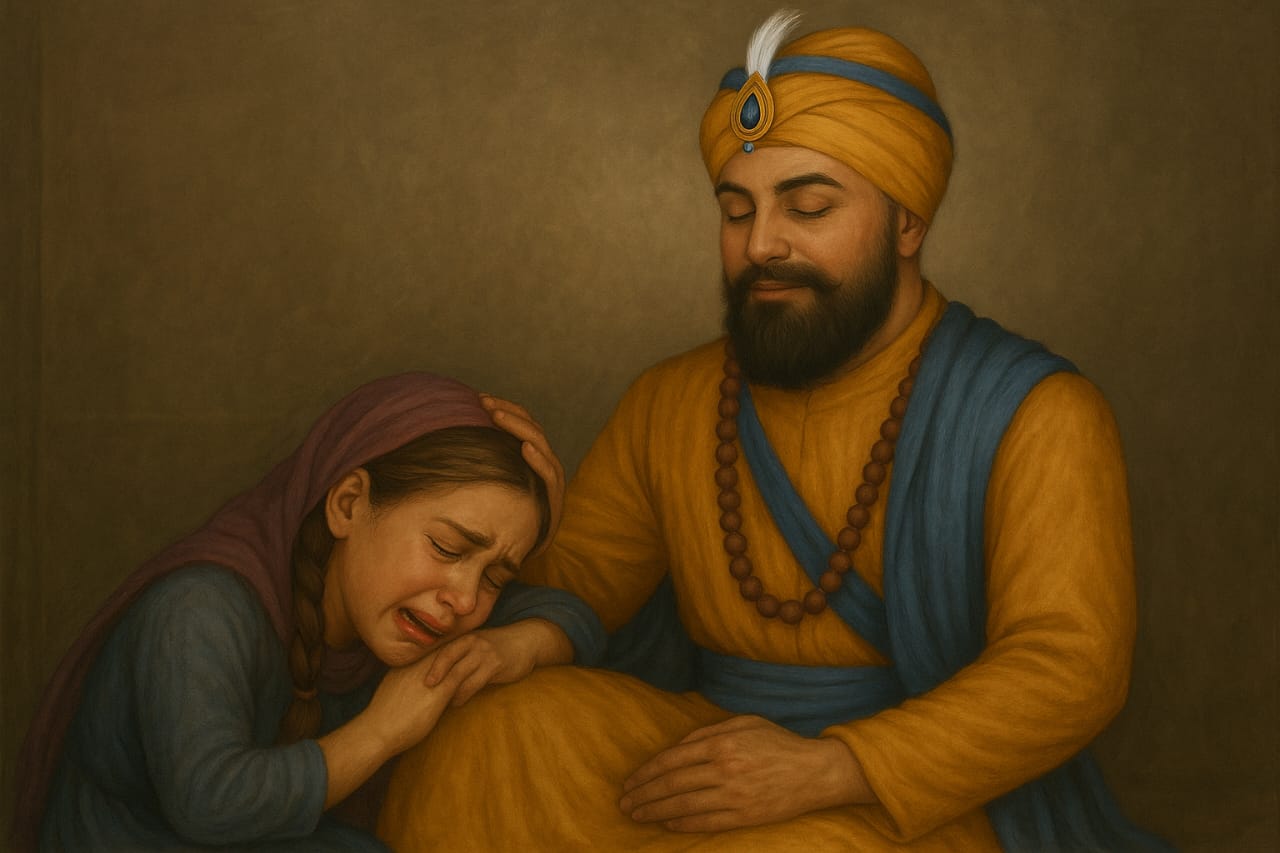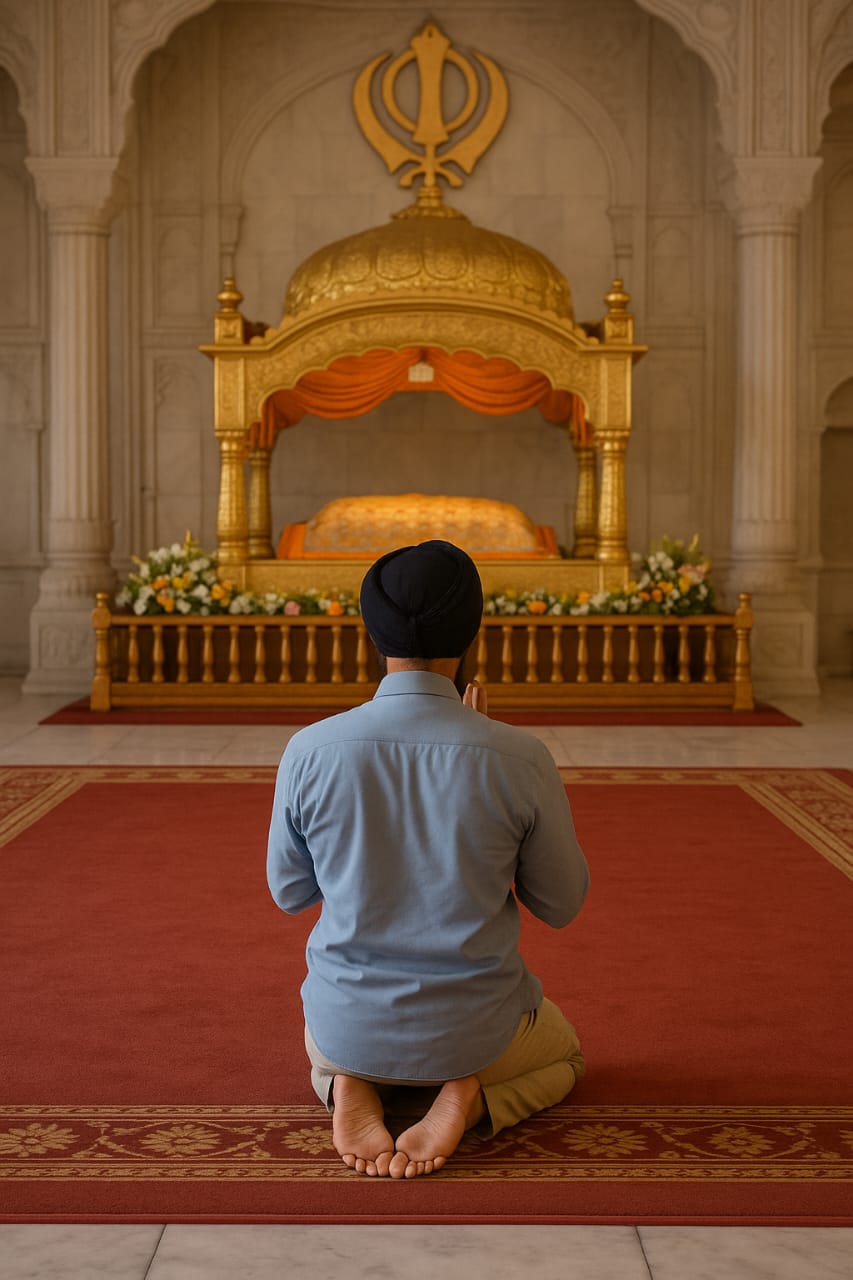Introduction
Gurudwara Paonta Sahib is a jewel of Sikh heritage, nestled in the foothills of the Himalayas and serenaded by the Yamuna River. This sacred site invites pilgrims, historians, and devotees to walk in the footsteps of Guru Gobind Singh Ji. It’s not just a place of devotion; it embodies the faith, courage, and spiritual legacy of Sikhism. The walls of this holy shrine resonate with verses from the Dasam Granth, and the atmosphere reverberates with the memory of battles, teachings, and wisdom. Let us explore the rich history and spiritual significance of Gurudwara Paonta Sahib, where the powerful legacy of Guru Gobind Singh Ji was established.
Historical Roots of Gurudwara Paonta Sahib
Gurudwara Paonta Sahib is situated in the serene foothills of the Himalayas, alongside the sacred Yamuna River in Himachal Pradesh. The name “Paonta Sahib” comes from the Hindi words “Paontika,” meaning “stable feet,” symbolizing the moment when Guru Gobind Singh Ji made this sacred site his home. Guru Ji’s four-and-a-half-year stay here was not only a period of spiritual reflection but also a significant chapter in Sikh history.
During his time in Paonta Sahib, Guru Gobind Singh Ji wrote key portions of the Dasam Granth, one of the most important scriptures in Sikhism. His leadership extended beyond the spiritual realm—he displayed remarkable martial prowess, most notably in the Battle of Bhangani, where his courage and resolve laid the foundation for Sikh resilience. The shrine’s holiness is also tied to the birth of Sahibzada Ajit Singh Ji, Guru Ji’s eldest son, who would carry forward the legacy of valour and spirituality. Guru Ji's decision to settle here was a defining moment that transformed Paonta Sahib into a vibrant hub of Sikh spirituality and military strategy.
The Spiritual Significance of Gurudwara Paonta Sahib
Gurudwara Paonta Sahib holds immense religious significance for Sikhs worldwide. It is a testament to Guru Gobind Singh Ji’s teachings, his valour, and his unwavering dedication to Sikh principles. In this sacred space, the Guru not only composed significant parts of the Dasam Granth but also engaged in pivotal military actions that shaped Sikh history.
The peaceful surroundings of Paonta Sahib, with the Yamuna River flowing by and the majestic Himalayan foothills in the backdrop, offer a perfect setting for spiritual reflection. Pilgrims visit to connect with the Guru’s teachings, which emphasize bravery, wisdom, and spirituality. Gurudwara Paonta Sahib stands as a living embodiment of Sikh history and Guru Gobind Singh Ji’s profound influence on the Sikh community. It is not just a place of worship but a sanctuary where Sikh teachings continue to inspire generations.
Whispers of Art and Reverence: Guru Gobind Singh Ji's Lasting Impact
Guru Gobind Singh Ji was also a patron of the arts, particularly poetry. He initiated the Kavi Sammelan where poets from various backgrounds gathered to showcase their craft. Held near the tranquil Yamuna River at Kavi Darbar these gatherings resonated with creativity and intellectual exchange.
One of the fascinating stories involves the river Yamuna itself. The Guru, attuned to the natural elements, is said to have calmed the rushing river during these poetry sessions, a sign of his deep connection with nature. The tradition of Kavi Sammelan continues today, with the river briefly calming as poets gather at the Gurudwara, reaffirming Guru Gobind Singh Ji's legacy as a patron of the arts.
Among the Guru’s most enduring creations are works like the Dasam Granth, Jaap Sahib, Bachittar Natak, and Sawayyas, all composed in the serene setting of Paonta Sahib. These timeless pieces continue to echo through the centuries, keeping the Guru’s teachings alive.
The Magnificent Evolution of Gurudwara Paonta Sahib's Architecture
The architectural beauty of Gurudwara Paonta Sahib is a masterpiece of Sikh design, standing on three acres of land by the Yamuna River. Built predominantly with white marble, it exudes tranquillity, elegance, and spiritual energy. The intricate carvings and paintings reflect the rich history of the Guru’s time here, while the structure itself symbolizes the strength and unity of the Sikh community.
The Gurudwara has undergone several transformations throughout history. In 1823, Sardar Sahib Singh Sandhan Walia and Baba Kapur Singh revitalized the Gurudwara, marking a turning point in its restoration. It later transitioned under the leadership of the Nihang’s in 1964, leading to a significant event where clashes with the police resulted in an investigation and a leadership change. Today, the Gurudwara is managed by a committee led by the Shiromani Gurdwara Parbandhak Committee, ensuring its continued growth and relevance in Sikh tradition.
Conclusion: A Sacred Pilgrimage for the Soul
Reflecting on my visit to Gurudwara Paonta Sahib, I am filled with awe and reverence for its rich spiritual and historical legacy. The transformation this sacred site has undergone, from its architectural revival to changes in governance, showcases the enduring spirit of Sikhism and the strength of the Sikh community.
Walking through the tranquil grounds of Paonta Sahib, with the echoes of Guru Gobind Singh Ji’s teachings surrounding me, I felt a deep spiritual connection. The serenity of the Himalayan foothills, the whispers of the Yamuna River, and the shared devotion of the pilgrims created a peaceful atmosphere that rejuvenated my soul.
I encourage you, my dear readers, to embark on your own pilgrimage to Gurudwara Paonta Sahib. It is not just a visit; it is a sacred journey for the soul. Whether you are seeking peace, spiritual renewal, or simply a deeper connection to Sikh history, Gurudwara Paonta Sahib offers a transformative experience. Let the sacred energy of this divine place bring peace to your heart and elevate your spirit.
